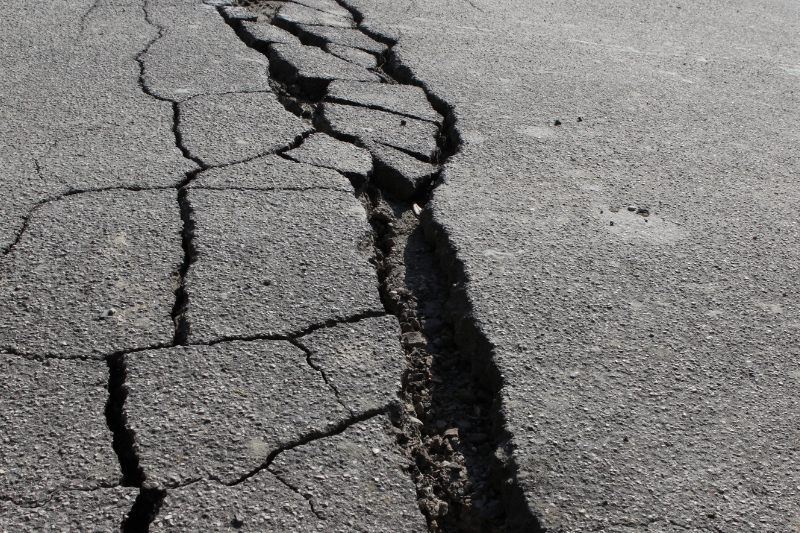What to know - Earthquake

In the last thousand years, about 3 thousand earthquakes have caused more or less severe damage. Almost 300 have had destructive effects, and one every ten years has catastrophic effects.
Earthquakes can occur throughout Italy, but the most powerful ones arise in specific areas: in northeastern Italy (Friuli-Venezia Giulia and Veneto), in western Liguria, in the northern Apennines (from Garfagnana to the Rimini area), and throughout the central and southern Apennines, in Calabria and eastern Sicily.
A seismic shake provokes more or less strong oscillations that move buildings in various ways. The oldest buildings and those without seismic protection cannot bear such oscillations and are dangerous to people.
It depends mainly on the earthquake strength and the vulnerability of buildings. Earthquakes have already provoked damage to people or goods where you live. The next earthquake can do great harm, so we need to be informed, prevent, and be ready for a possible earthquake.
We know many things about earthquakes, but it is impossible to predict when, with which strength, and precisely where they will occur. We know, though, which are the most dangerous areas, and we know what to expect from an earthquake: being prepared is the best way to prevent and reduce the earthquake's consequences.
No. The area around the epicenter generally records effects of higher intensity. At an equal distance from the epicenter, the intensity of the shaking caused by the earthquake depends on the area's conditions, particularly the type of soil and the shape of the landscape. Generally, the shaking is more significant in areas where the soils are soft and less where soils are rigid as rock; the location also affects the intensity of the shaking, which is greater on the top of the hills and along the edges of cliffs.
The state strengthens knowledge of the phenomenon and its effects through territorial monitoring and specific studies; promotes and implements policies to reduce the vulnerability of public and private building assets for safer homes, schools, hospitals, cultural heritage, and emergency management facilities; updates seismic classification and regulations, indicating criteria for construction in areas at risk and for proper land-use planning; and implements training programs, exercises, and activities to raise public awareness.
There are also specific benefits for structural antiseismic interventions carried out on private buildings. For more information, visit the website of The Italian Revenue Agency.
The area where you live
Italy is seismic, but the territory is divided into zones with different levels of dangerousness. Those who build or modify a house's structure must respect the seismic rules of their area to protect who lives there.
To know the seismic area where you live and which regulations you need to follow, visit the Civil Protection Department website and contact the relevant offices of your region or municipality.
The safety of your home
It is essential to know when and how your house was built, on what kind of soil and what materials it was made of. And most importantly, whether it was subsequently modified while complying with seismic standards.
Contact an expert technician if you have any doubts or want to know more.